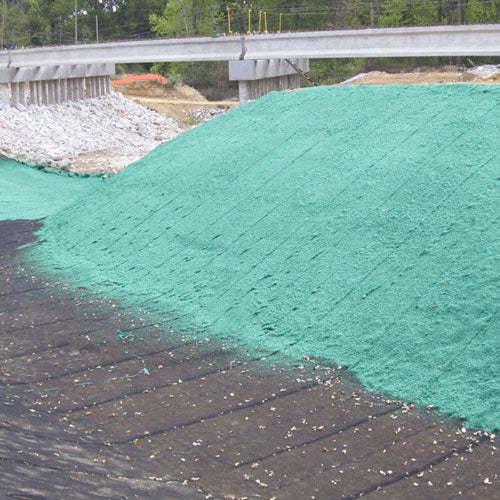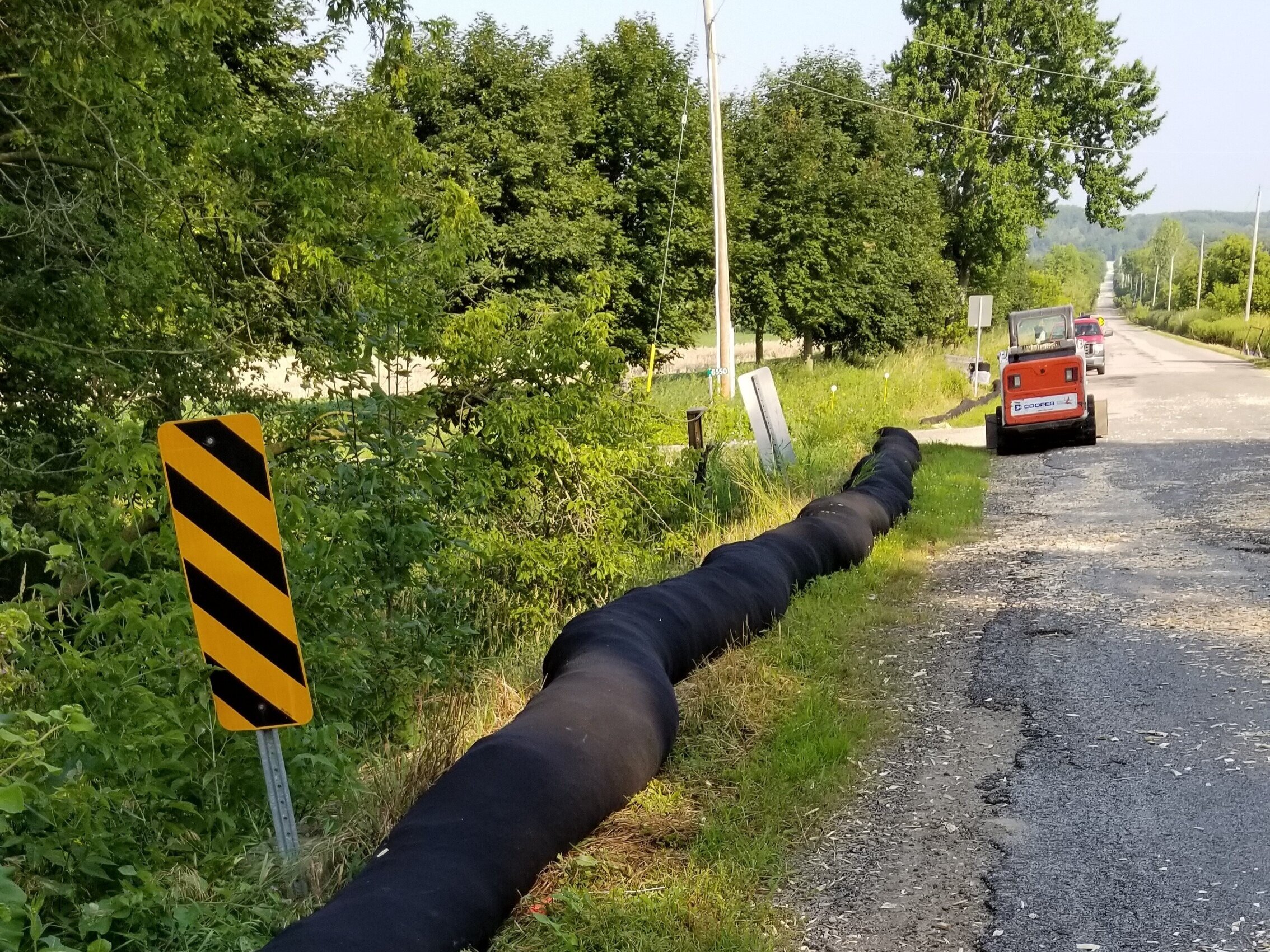Hydroseeding Solutions: A Greener Strategy to Land Management
Efficient Disintegration Control Strategies for Sustainable Land Administration
Are you looking for means to efficiently handle erosion on your land? Look no more! This article will offer you with important details on the significance of disintegration control in lasting land management. Discover the different kinds of erosion and their influence on your land, along with natural techniques to control erosion. Find out how to execute reliable erosion control steps and make certain correct surveillance and maintenance. Start doing something about it today to shield and keep your valuable land.
Importance of Erosion Control in Sustainable Land Administration
Since it assists prevent dirt degradation and loss,Erosion control is vital for lasting land monitoring. By implementing reliable disintegration control strategies, you can ensure the lasting wellness and productivity of your land. Without appropriate disintegration control measures, soil disintegration can take place, leading to the loss of important topsoil that is abundant in nutrients essential for plant development.
One of the main factors erosion control is vital is because it helps to keep dirt fertility. Additionally, erosion can lead to sedimentation in close-by water bodies, which can adversely affect water environments.
An additional key benefit of disintegration control is the prevention of land deterioration. Erosion can cause the loss of crucial topsoil, which takes years to develop normally. This loss of topsoil can result in barren and unproductive land, making it challenging for plants to expand and for environments to prosper. By carrying out disintegration control methods such as terracing, contour plowing, and the use of cover plants, you can assist stop land destruction and preserve the wellness of your land.

Kinds Of Erosion and Their Effect On Land
Recognizing the numerous kinds of erosion and just how they affect the land can assist you execute better land monitoring methods. Erosion is the procedure whereby dirt, rocks, and other materials are slowly worn off and transported by all-natural forces such as water, wind, and ice. There are 4 primary sorts of disintegration: sheet erosion, rill disintegration, gully disintegration, and mass movement erosion.
Sheet disintegration happens when a slim layer of dirt is removed consistently from the surface of the land. This kind of disintegration is usually triggered by heavy rains or inappropriate land monitoring techniques such as overgrazing or deforestation. Rill erosion, on the various other hand, happens when small channels or rivulets are formed on the land due to the circulation of water. This can take place on steep inclines or locations with compacted soil.
When larger channels or gullies are developed due to the continual circulation of water,Gully erosion is extra serious and happens. This kind of disintegration can create substantial damages to the land, causing loss of topsoil and plant life. Last but not least, mass activity disintegration describes the movement of large amounts of soil and rocks downhill as a result of the force of gravity. This can take place in the kind of landslides or dropping.
Recognizing these various sorts of erosion and their effect on the land is important for efficient land management. By applying disintegration control techniques such as terracing, shape plowing, and reforestation, you can decrease erosion and preserve the honesty of the land. In addition, practicing excellent land management techniques like appropriate crop turning, keeping ground cover, and utilizing sediment control steps can even more aid in preventing erosion.
Natural Erosion Control Methods for Sustainable Land Management
By implementing all-natural erosion control techniques, you can effectively manage and preserve the stability of your land. One reliable approach is making use of greenery, such as plants and grasses, to stabilize dirt and prevent erosion. Growing native varieties can aid increase root thickness and bind the dirt together, minimizing the danger of disintegration triggered by heavy rainfall or wind (Memphis Erosion Control Solutions hydroseeding). Additionally, mulching is one more natural technique that can help control disintegration. By applying a layer of natural compost, such as timber chips or straw, you can safeguard the dirt from the influence of raindrops, minimizing soil compaction and overflow. An additional all-natural erosion control approach is contouring the land. By creating shape lines or terraces on slopes, you can reduce down the flow of water and permit it to pass through the dirt, minimizing disintegration. In locations where erosion is a significant problem, mounting erosion control blankets or floor coverings can be valuable. These mats are made of eco-friendly products and assist maintain the soil till greenery is developed. In general, by utilizing these natural disintegration control methods, you can efficiently take care of and secure your land from erosion, guaranteeing its lasting sustainability.
Executing Efficient Disintegration Control Procedures

To successfully take care of and protect your land from disintegration, you must think about executing tested methods that can aid alleviate the danger. One such approach is using disintegration control coverings. These coverings, made from synthetic products or all-natural fibers, are positioned on the dirt surface area to stabilize it and protect against erosion. They assist preserve moisture, decrease debris runoff, and promote the development of greenery. Another effective technique is making use of terracing. Terracing includes producing level systems on sloping land, which helps to decrease runoff and protect against erosion. It also allows for the farming of crops on the terraced slopes. In addition, planting greenery is an essential action in disintegration control. Trees, turfs, and shrubs have substantial root systems that bind the dirt together, reducing erosion created by wind and water. Moreover, setting up sediment control steps such as silt fences and debris fish ponds can aid catch debris and stop it from entering close-by water bodies. These measures are particularly essential official website during building tasks. By carrying out these proven disintegration control techniques, you can properly shield your land and minimize the threat of disintegration and its destructive impacts.
Surveillance and Maintenance of Erosion Control Methods
When surveillance and maintaining disintegration control procedures, it is essential to routinely evaluate the erosion control coverings, balconies, plant life, and sediment control steps to ensure they are functioning correctly and effectively avoiding disintegration (Memphis Erosion Control Solutions excavation). By performing routine examinations, you can determine any problems or deficiencies in the erosion control techniques and advice take required activities to fix them
Start by checking the erosion control blankets. Look for indicators of damages or wear, such as rips or subjected soil.
Inspect for indications of disintegration, such as debris accumulation or unequal surface areas. Make sure that the terraces are appropriately developed and maintained landscaping around pool with rocks to draw away water flow and lower disintegration.
Examine the greenery in the disintegration control location. Make certain that it is healthy and balanced and appropriately covers the dirt. Search for any indications of plant stress and anxiety or illness, and resolve them immediately. Proper plants coverage aids support the dirt and protect against erosion.
Finally, evaluate the sediment control measures, such as sediment containers or debris fencings. Make sure they are correctly mounted and functioning as meant. Eliminate any gathered debris and guarantee that the controls are appropriately maintained.
Routine surveillance and maintenance of disintegration control measures are critical for their long-term efficiency in protecting against erosion and preserving sustainable land administration techniques.
Conclusion
In conclusion, you need to focus on erosion control for sustainable land monitoring. By comprehending the various kinds of disintegration and their influence on the land, you can implement efficient all-natural disintegration control approaches. It is essential to regularly keep an eye on and preserve these methods to guarantee their long-term efficiency. By doing something about it and carrying out these steps, you can help shield the land from disintegration and advertise sustainable land monitoring techniques. So, do not think twice to make disintegration control a priority for a healthier and more sustainable future.
Discover the different types of erosion and their influence on your land, as well as natural techniques to regulate erosion. There are four major kinds of disintegration: sheet disintegration, rill disintegration, gully disintegration, and mass movement disintegration.
By carrying out disintegration control techniques such as terracing, contour plowing, and reforestation, you can lessen erosion and protect the stability of the land (erosion control). In general, by using these all-natural disintegration control techniques, you can properly manage and protect your land from erosion, ensuring its long-term sustainability
By comprehending the various kinds of erosion and their effect on the land, you can carry out reliable all-natural disintegration control techniques.